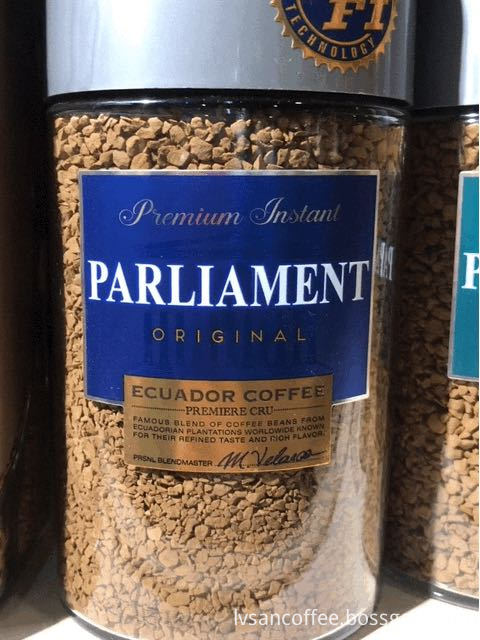First, the supply of beef is in short supply The Chinese cattle industry summit held in Beijing on March 12, 2005 was informed that this year's beef cattle is in short supply, and the country’s largest cattle farm, Shandong Provincial Joint Livestock Husbandry Development Center, has currently reserved 1 More than 10,000 heads of beef cattle also sent a large number of people and horses to snap up beef cattle in the country. The price of high-quality fattening cattle has exceeded 13 yuan/kg. In some slaughterhouses in China, cattle, calves and cows were slaughtered due to the lack of acquisition of fattened cattle. A slaughterhouse slaughtered more than 1,000 cows in 2004, 70% of which were cows. Excessive slaughter of cows will further aggravate the conflict between supply and demand for beef cattle production. If this continues, it is expected that in the near future there will be a cattle shortage. Second, the price of beef continues to climb. The price of beef in the country provided by China Pastoral News Agency: Before 2002, the price of beef fairs has been hovering around 13 yuan/kg. In August 2002, it reached 14.16 yuan/kg. January 2003 It reached 15.26 yuan/kg, reaching 16.35 yuan/kg in January 2004, 17.10 yuan/kg in January 2005, and 18.28 yuan/kg in February 2005, and beef prices continued to rise. Comparing the price of beef in February each year with the same period of last year, the price of beef per kg in the period of 2001-February 2005 was: 13.13 yuan, 13.97 yuan, 15.29 yuan, 16.18 yuan, and 18.28 yuan respectively, which was a year-on-year rise in five years. 6.4%, 9.4%, 5.8%, 13.0%. In February 2005, the price of beef rose by 39.2% compared with that in February 2001, of which only between January and February 2005, the price rose by 6.9%. The increase rate has increased significantly, and cattle breeding has entered the profitable area. III. Beef prices Will continue to rise from the analysis of factors affecting the supply of beef cattle. In the mid-1990s, owing to the fluctuation of beef cattle prices, the weakening of the functions of beef cattle and the decline of comprehensive benefits, the peasants’ enthusiasm for cattle production was frustrated, the cattle industry declined, and cattle were raised. The industry recovers slowly; in 2003, some major cattle-raising areas encountered rare floods and lack of fodder for forages. Some cattle farms (households) sold large cattle, calves, bulls, and cows together, and cows slaughtered excessively. The structure of the group is unbalanced, and some cattle cows slaughtered and killed more than 70% of the cows. Excessively slaughtered cows is equivalent to killing chickens and getting eggs. There are fewer and fewer cattle, and beef cattle prices are getting higher and higher. Beef cattle have a long production cycle. It takes nine and a half months for a cow to go from mating to puerpera, and it takes another 18 to 20 months for calves to reach fattening cattle, which means that it takes 28 to 30 months to produce a cow. The breeding rate of cows is low. Even if 100 cows are 100% mated, they have only 80% of the conception rate, more than 90% survival rate of breeding, and 100 cows can only produce more than 70 calves a year. With the improvement of people’s living standards, the demand for beef will further increase, and the shortage of beef cattle will continue for a long time. Therefore, the price of beef cattle will continue to rise. IV. Actively supplementing the hurdles to increase cultivation, and developing beef cattle breeding At that time, from the above analysis, we think that what is currently lacking is fattening cattle. After a period of time, it is shelf cattle. What will be lacking again will be calves and cows. Although dairy cows can produce some beef cattle, the number of dairy cows is small, and a large number of beef calves also require local cow breeding. Therefore, the development of beef cattle breeding is the time. To this end, we recommend that: (a) large and medium-sized fattening cattle farms (households) have sufficient funds to actively purchase shelf cattle, increase barriers to raise. (b) Small-scale cattle farms (households) have insufficient funds, and they can pay attention to the purchase of calves and increase the number of rearing. (3) The average cattle raiser is actively making up the price of the cows, and the price of fattening cattle goes up. The prices of the cattle along with the shelves will also increase, and then the raising of the cows will be profitable. At the same time, the comprehensive benefits will be obtained. (d) The proposed government should do everything possible to find a way to support the development of the beef cattle breeding industry, focus on supporting the cow breeding, subsidize the cow farmers, and support the development of the breeding community.
References: http://
UTZ Freeze Dried Coffee: also known as Freeze-dried Coffee, it is an Instant Coffee made by freezing liquid products and removing ice through sublimation.
The freeze-dried coffee chips retain the original flavor of coffee well. Due to its loose and porous internal structure and fast dissolution rate, it is a "instant coffee" that is convenient to measure and can easily control the concentration of the beverage.
Low temperature extraction, balanced taste, soft and sweet coffee, good taste retention, rich layers, slightly fruit acid.

Freeze Dried Decaf Coffee,Best Freeze Dried Coffee,Freeze Dried Coffee Process,Organic Freeze Dried Coffee
Yunnan New Biology Culture Co,.Ltd , https://www.lvsancoffee.com